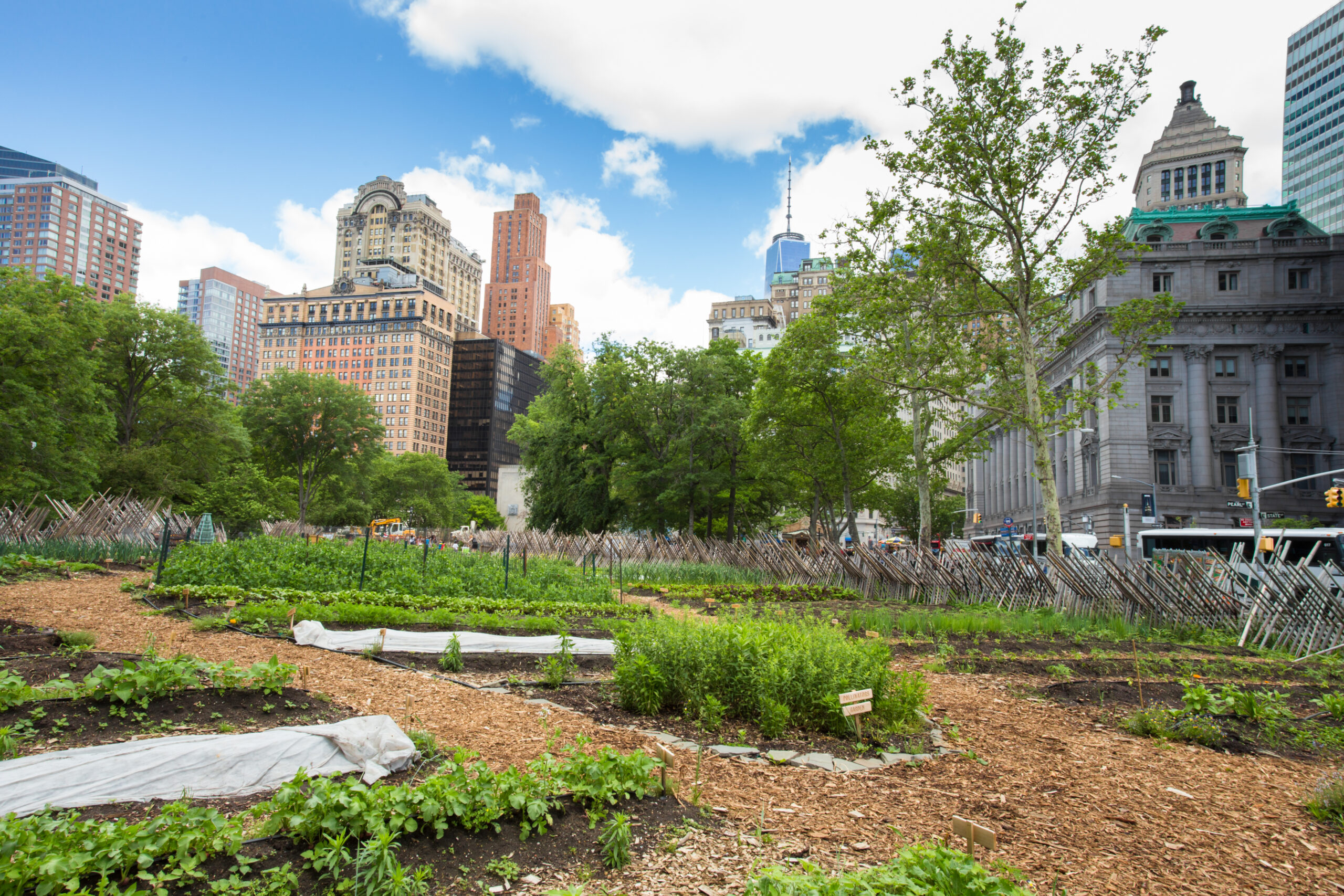Examine This Report about City Blooming
Examine This Report about City Blooming
Blog Article
City Blooming Things To Know Before You Buy
Table of ContentsCity Blooming Things To Know Before You BuyThe 7-Minute Rule for City BloomingThe Best Strategy To Use For City Blooming10 Easy Facts About City Blooming ExplainedThe Greatest Guide To City Blooming
Fascinated in expanding food for sale in the City of Chicago? Below is a checklist of regularly asked inquiries concerning the regulations and guidelines that cultivators must think about when planning a metropolitan agriculture task.
The zoning change does not modify any other codes dealing with composting, structure licenses, acquiring or renting City had home, business licenses or ecological contamination. There are existing codes that manage these issues and they stay completely effect and may be appropriate to your job. Community yards are usually owned or handled by public entities, public companies or community-based organizations and maintained by volunteers.
Urban ranches expand food that is intended to be marketed, either on a nonprofit or for-profit basis. Because of their commercial purpose, city ranches require a business license. Yes. A community yard is permitted to offer surplus generate that was grown on site if the sales are accessory or secondary to the garden's key purpose described above.
The Best Guide To City Blooming
The quantity of garden compost product can not surpass 25 cubic backyards at any type of given time according to the requirements in 7-28-715 of the City's Municipal Code. Due to the fact that the dirt at the majority of brand-new garden sites needs modifying, garden compost, soil, timber chips, or other products can be gotten to construct or enhance the expanding room.

If a building permit is needed then the hoophouse will be considered an accessory building. You can discover out more about the structure authorization needs by calling the Division of Structures. The 25,000-square-foot size limit is intended to stop a single neighborhood garden from dominating a given block or interfering with the block's existing household or industrial personality.
The limitation does not apply to gardens located in Public Open Space (POS) areas. Can there be more than one community garden that is 25,000 square feet on a solitary block? Fence is not called for, nonetheless, yards that have big vehicle parking areas may be required to mount fencing or various other landscaping functions.
Examine This Report on City Blooming
B1 & B2 areas need that all commercial usage activities be performed inside. Is fence needed for metropolitan farms? Fencings might be needed, along with landscaping and screening, for specific vehicle parking locations and exterior job or storage space locations depending on place and the certain task taking location.
Yes. Urban ranches need building licenses and zoning approvals prior to building and construction. Various other types of city testimonial may be called for depending on particular structures, tasks, size, landscaping, licensing, public health and stormwater management concerns. Most of these demands are determined in the task layout or permitting process, however, the candidate might be responsible to separately identify certain licenses or allows that may be required.
Yes. The kind of license is determined by what is taking place at the website. The Division of Business Matters and Consumer Defense can aid establish the details kind of company license that's called for. Yes. Off street parking is required for the majority of commercial jobs in Chicago. The required variety of garage is based on the variety of staff members working on website and not the square video footage of the expanding room.
Get This Report on City Blooming

Yes. An urban farm can market compost material created on website, however, the procedure should abide by the laws in 7-28-715 of the Chicago Municipal Code. Yes. Aquaponic systems are enabled inside on city farms in several zoning districts. A zoning evaluation and structure license is called for in order to install structures or systems and a service permit is required as defined above.
As much as 5 hives or colonies of honey bees may be maintained as an accessory use. However, beekeepers have to sign up with the Illinois Division of Farming. For more details regarding the suggested zoning modification you may contact the Division of Real Estate and Economic Development, Bureau of Preparation and Zoning at 312.744.8563.
Farming in cities and urban locations A city farm in Chicago. Urban farming describes different methods of cultivating. https://city-blooming.webflow.io/, handling, and distributing food in metropolitan areas. The term also applies to the area tasks of pet husbandry, tank farming, beekeeping, and gardening in a city context. Urban agriculture is distinguished from peri-urban agriculture, which takes area in country areas beside suburban areas.
All About City Blooming
It can involve an activity of organic cultivators, "foodies" and "locavores", who seek to form social networks based on a shared principles of nature and neighborhood holism. These networks can develop by means of formal institutional support, ending up More Bonuses being incorporated into local town as a "transition community" movement for sustainable city advancement.
In either case, the much more direct accessibility to fresh veggie, fruit, and meat items that might be realised with urban agriculture can boost food protection and food security while reducing food miles, resulting in reduced greenhouse gas discharges, thus adding to environment change reduction. Several of the initial evidence of urban farming comes from Mesopotamia.
Report this page